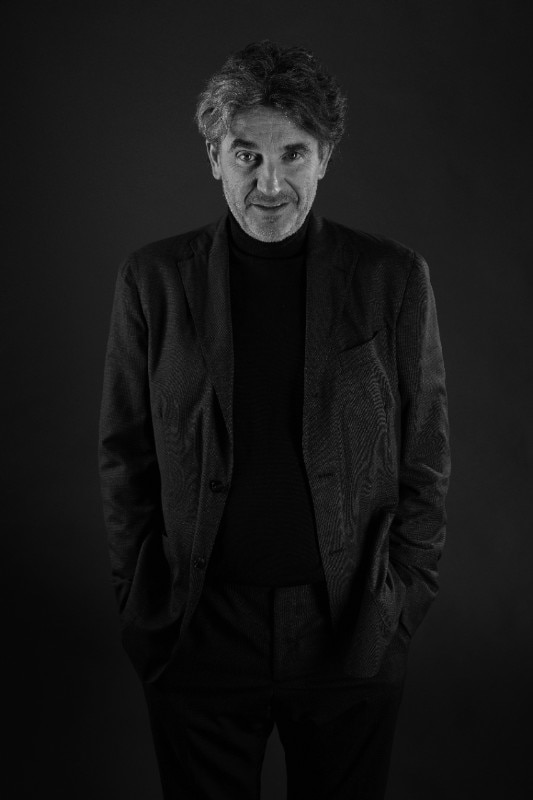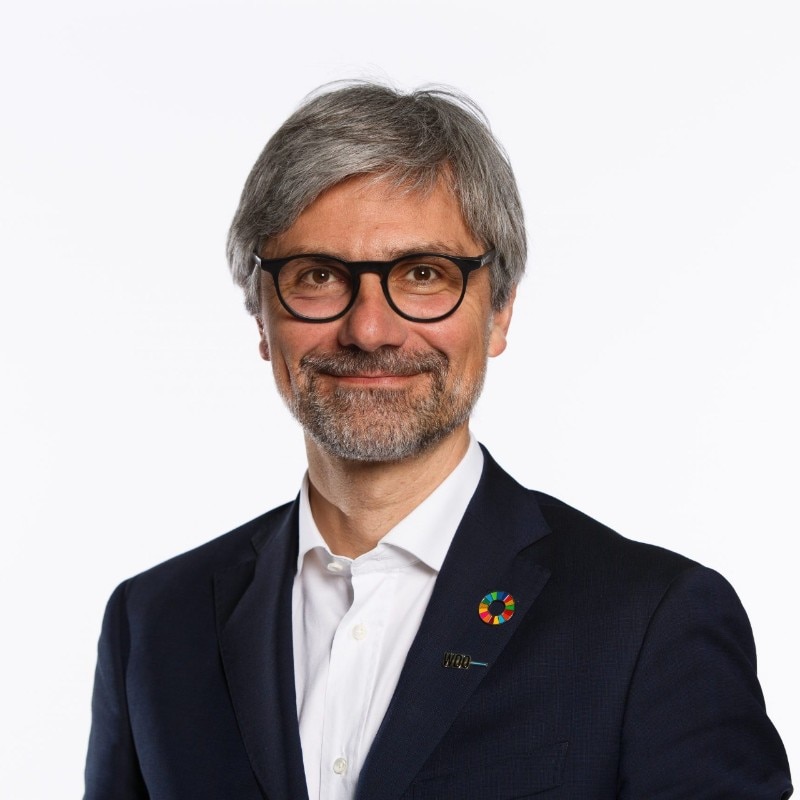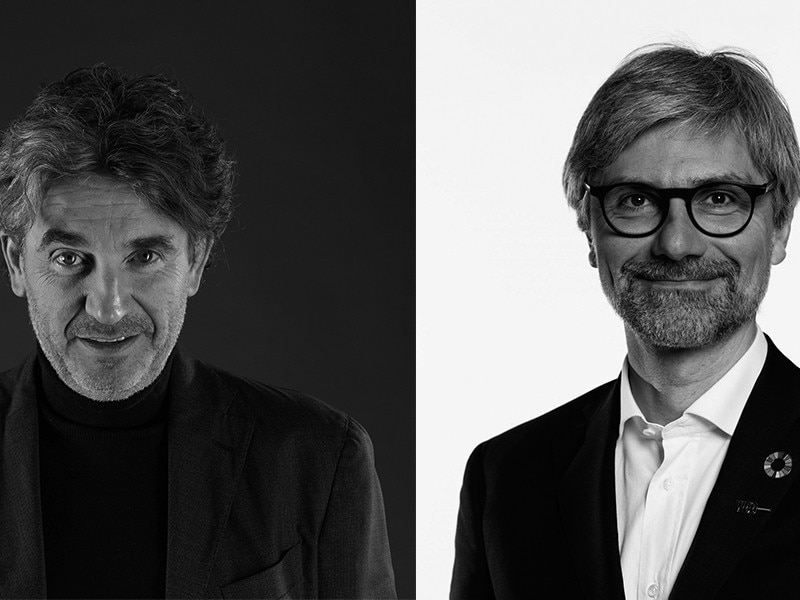When a magazine is born, we must always stop. Stop to honour a unique and special moment so rich in meaning. If birth is the only true event of life, the birth of a medium is a particularly rare event of this kind. Especially if this medium presents itself as a “traditional’’ medium, in a world where the power of digital appears to be taking everything and everybody by storm, often in a revolutionary disruptive way. But there is more to this, and reality holds more surprises than theory.
The often-quoted but not-much-read Shakespeare used to think so, along with a forgotten intellectual who was popular forty years ago, Marshall McLuhan, the Canadian professor who believed that no medium ever really killed another medium. A remark that can be easily verified, for example considering the number of love letters written every day. Physical paper objects, made of ink and feelings, denying the absolute and irreversible supremacy of social media. At least in the field of true and deep feelings.
At Domus we believe in the power of tradition because we have been innovators since 1928.

At Domus we believe in the power of tradition because we have been innovators since 1928, when two young men – Gio Ponti and Gianni Mazzocchi – set out to create a medium that would bring the world to Milan and Milan to the world. A magazine that would interpret reality using three keys: design, architecture, and art. Three disciplines that would become central in twentieth- and especially twenty-first-century imagery and production.
This is why we were very happy when we started to interact with WDO, a prestigious institution that shares many things with Domus: a global imprinting, belief in the value of culture and dialogue, and most importantly, in the power of design, in its capacity to create quintessentially human worlds whose nature is entirely artificial. Because this is what design is about: it’s a magic trick, sorcery even, a conspiracy against the hardships of life to create a better world for humanity, helping it overcome the crises and damages it creates in the first place.
Because this is what design is about: it’s a magic trick, sorcery even, a conspiracy against the hardships of life to create a better world for humanity, helping it overcome the crises and damages it creates in the first place.
Besides the passion of its members and the energy of its president David Kusuma, perhaps this is the aspect that convinced us at Domus to go ahead with this joint project that you are holding in your hands today, the first issue of a partnership that sets out to go far. The sharing of the same understanding of the “political’’ value of design, a political value in the pure Aristotelian sense of social agency. A value that is not only about making beautiful and functional objects but about building bridges, inspiring alliances, envisioning, and bringing about a fairer and more democratic world.
Besides Kusuma and his illustrious colleagues’ vision and determination, this project would not have been accomplished without the immediate participation and heartfelt support of the top management of Editoriale Domus: president Maria Giovanna Mazzocchi, CEO Sofia Bordone, and Business Unit Director Nicola Licci. We owe it entirely to them and to their sensitivity in welcoming new ideas that we can now undertake this journey and those that will follow. A journey I am honoured and delighted to invite you to join and that I am sure won’t be short of surprises.
Walter Mariotti
Just one Wor(l)d
A few preliminary remarks are necessary to describe the cultural relevance and objectives of this new magazine, which is the result of a collaboration between a time-honoured publishing house and the world’s leading design organization, which has also been recognized with United Nations consultative status for 60 years.
Worldesign – one word – comes to intercept a broad audience, not just specialists, and looks at the centres and at the same time at the cultural and geographical peripheries of design. We are interested in the global world. We are interested in current issues. We are interested in the politics and cultures of design that cross borders, and in the many and different points of view, which we want to report with an accessible writing style.
Around our table are the key actors of the design process, including those dealing with politics, design education, economic and legal issues, and philosophers.

Our three-section format (Where – Stories – Tools), which characterizes the structure of the magazine, works on the different dimensions of making design today and tries to reflect this complexity with thematic stories and multiple viewpoints. This first issue, which is described as our no. #0 issue, explores the physical and natural dividing devices we call borders. Design as a way to connect, the role of design policies, the collaborative nature of design, and a “humanity-centered, not human-centered’’ orientation (Don Norman) are the cornerstones of a useful roadmap opposed to the idea of “defuturing’’ as discussed by Tony Fry in the article you will find on the following pages.
This first issue of Worldesign looks at SDG topics from a critical angle, rejects a rhetoric approach to the technological hegemonies of the moment, and questions various aspects of the design profession. Our One World is also our one planet, our spaceship earth, and in order to imagine a future we must, without rhetoric, adopt respectful behaviours and work on cross-border projects and towards peace. Peace, a much-overused word that whenever related to goods, products, and to the world of design always becomes very relevant, as we shall discuss in this issue. We truly and openly stand for design without borders and “design for a better world’’, as our statement affirms.
We truly and openly stand for design without borders and “design for a better world’’, as our statement affirms.
This is not the first time that WDO, and previously ICSID, has explored the idea of publishing a periodical: our first most structured magazine concept was outlined by architect Vittorio Gregotti back in 1968 when Tomás Maldonado was president of ICSID, and members of the Communications Commission included, among others, George Nelson and Bob Noorda. This magazine is the materialization of an effort that has been cultivated over the decades by the members of numerous boards.
Today the debate has also shifted to whether or not we should be producing a physical magazine, a choice that goes against the all-consuming digital mainstream incorporating short-read articles as well as more in-depth content. Discussing the matter with our partner Editoriale Domus, our choice has fallen on paper, a traditional and reassuring medium, and decided to occupy a strategic space, also in the market, proposing a product focusing on the “making-of’’ design and on design policies by leveraging Arthur Lovejoy’s history of ideas understood as ways of processing and elaborating, dynamics based on an everlasting mutation.
Pier Paolo Peruccio



